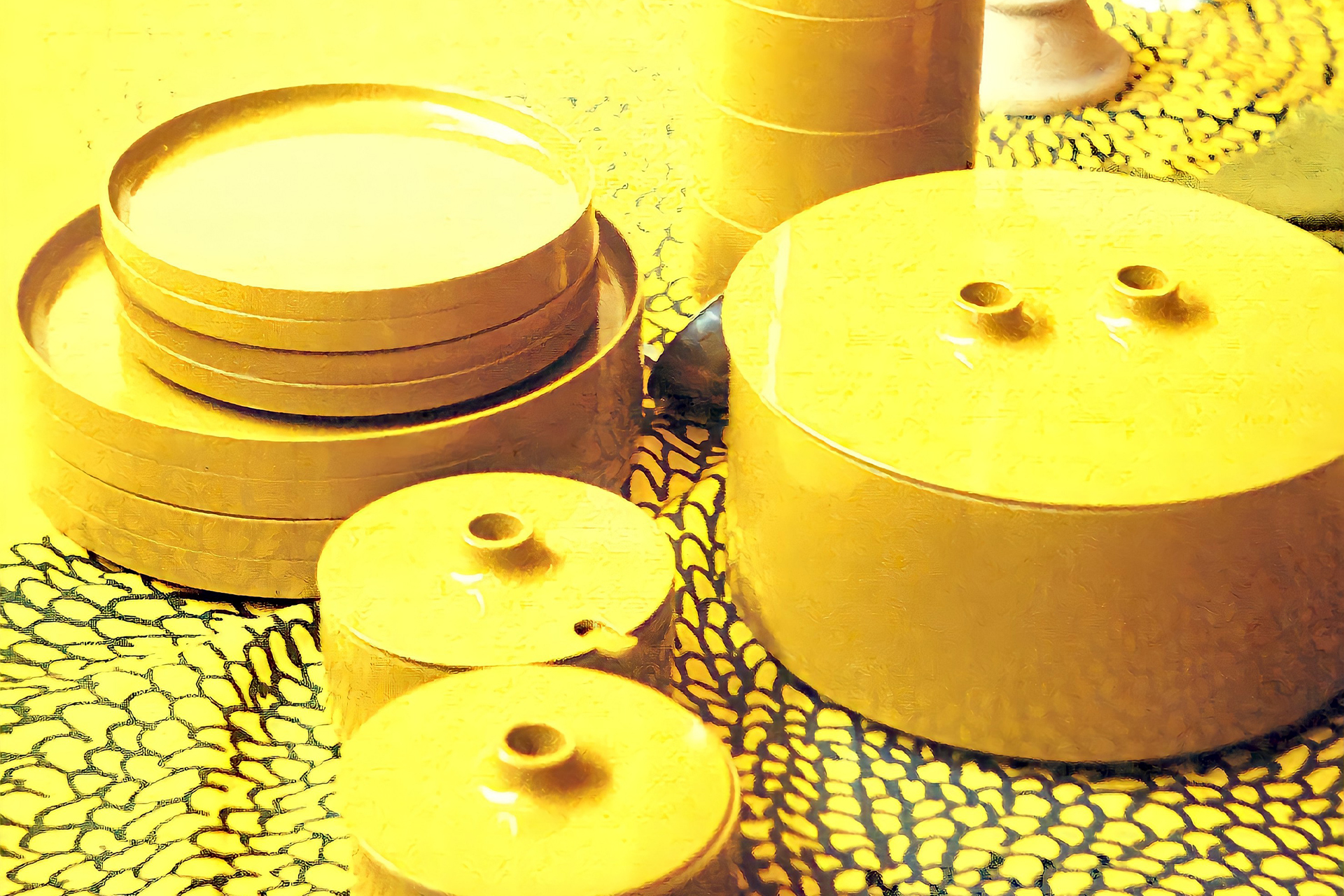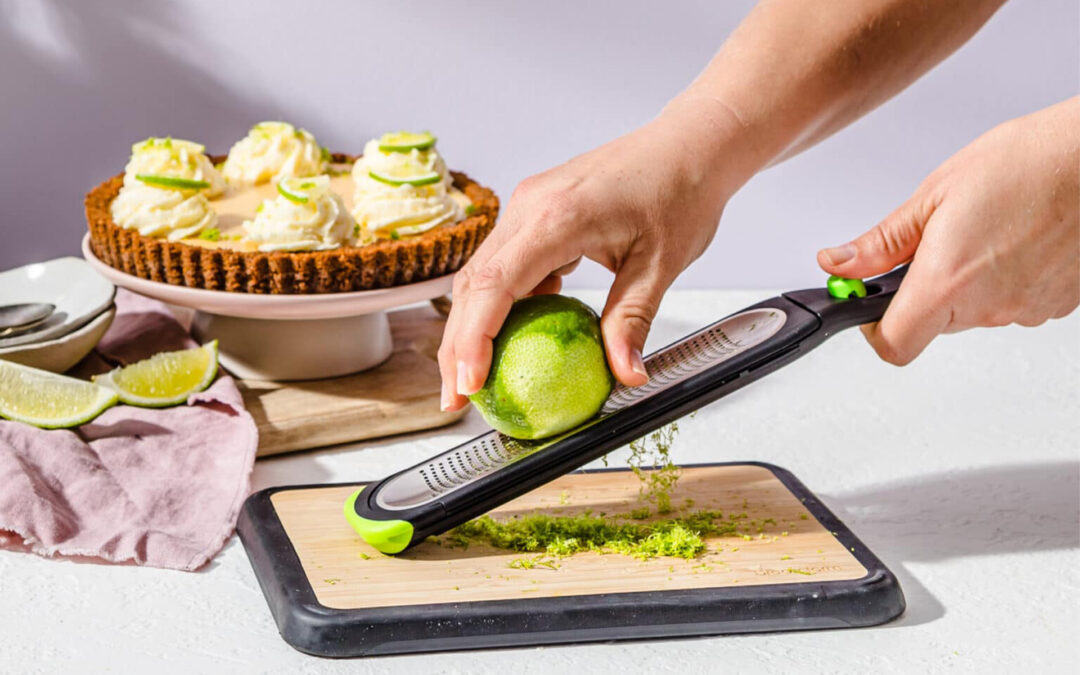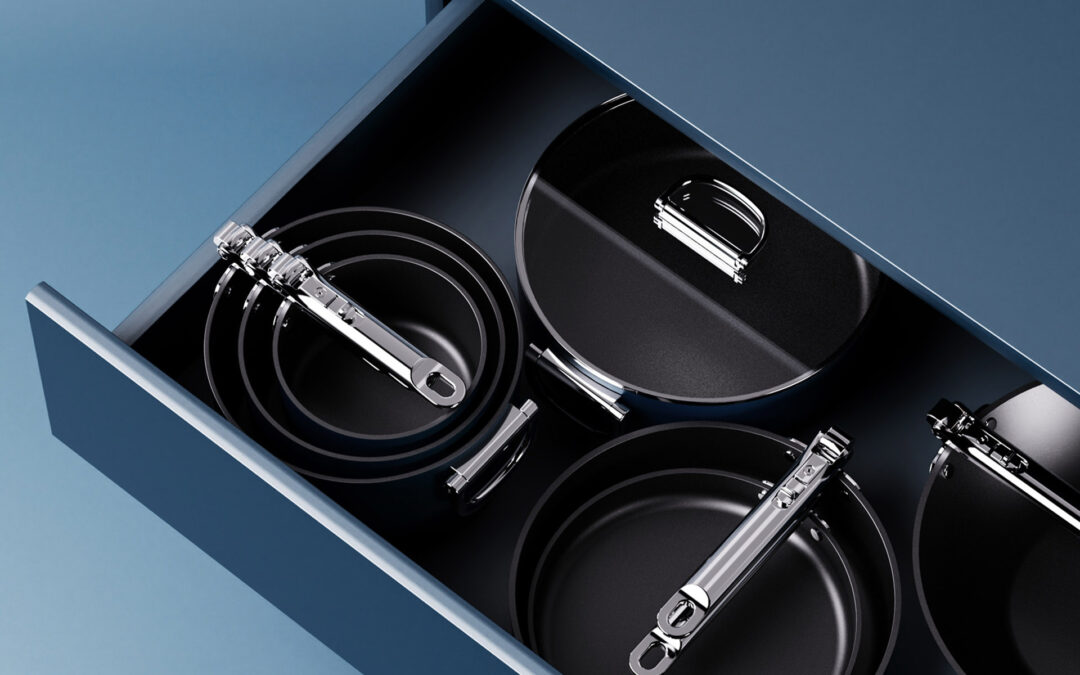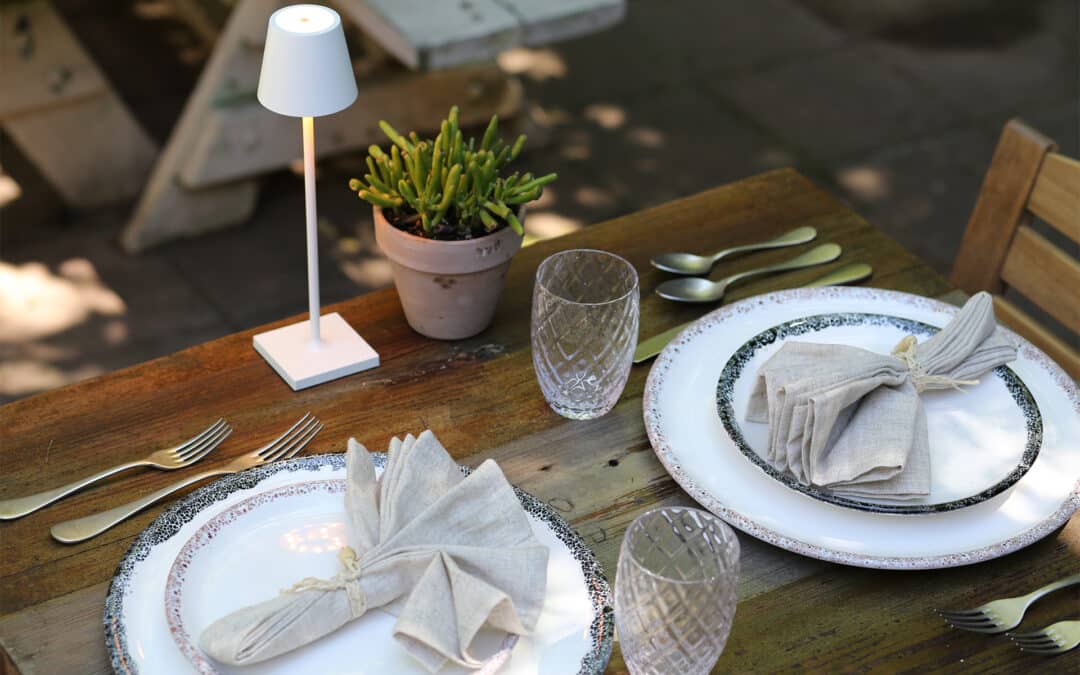Alan Heller, who brought affordably priced, sophisticated design to American homes for half a century, is remembered as a visionary housewares innovator and provocateur who marked a creative era.
“Alan was a design enthusiast — he was passionate about every one of his products,” said Gordon Segal, founder of Crate & Barrel, who knew Alan since Heller burst onto the home goods scene.
Lu Lyndon, of LyndonDesign Gallery at The Sea Ranch in California, recalled, “I met Alan when he was just out of school and living in New York. He visited San Francisco often and hung out at the newly opened Design Research (D/R) store in Ghirardelli Square, where I was assistant manager in the 1960s”
“Alan was trying to understand how to market a little red espresso maker and some stainless steel mixing bowls in graduated sizes,” Lyndon continued. “Fascinated with Italian design, in Milan he discovered the plastic dinnerware designed by Massimo Vignelli that won the 1964 Gold Medal award. D/R sold the original sets, which were in an unconventional curry color. Bowls, dinner plates, salad plates and a serving bowl with lid stacked on a tray for compact storage.”
Heller bought the molds from the Italian manufacturer and produced the goods in the U.S. in bold primary colors. In July 1970, he premiered his design vision and this innovative melamine dinnerware, renamed Hellerware, at the National Housewares Exhibit in Chicago. This pivotal event took place at the International Amphitheater in the gritty stockyards neighborhood, where the aroma of past livestock expositions still lingered.
Six months later, Heller Designs, Inc. was back in Chicago to display gourmet cookware, utensils and dinnerware at the National Housewares Exposition, which opened the new “McCormick Place-on-the-lake” in January 1971. The rainbow-colored Hellerware became a design classic and signified the 1970s and 1980s, as did the bright Marimekko patterned fabrics that graced tables and walls in fashionable homes.
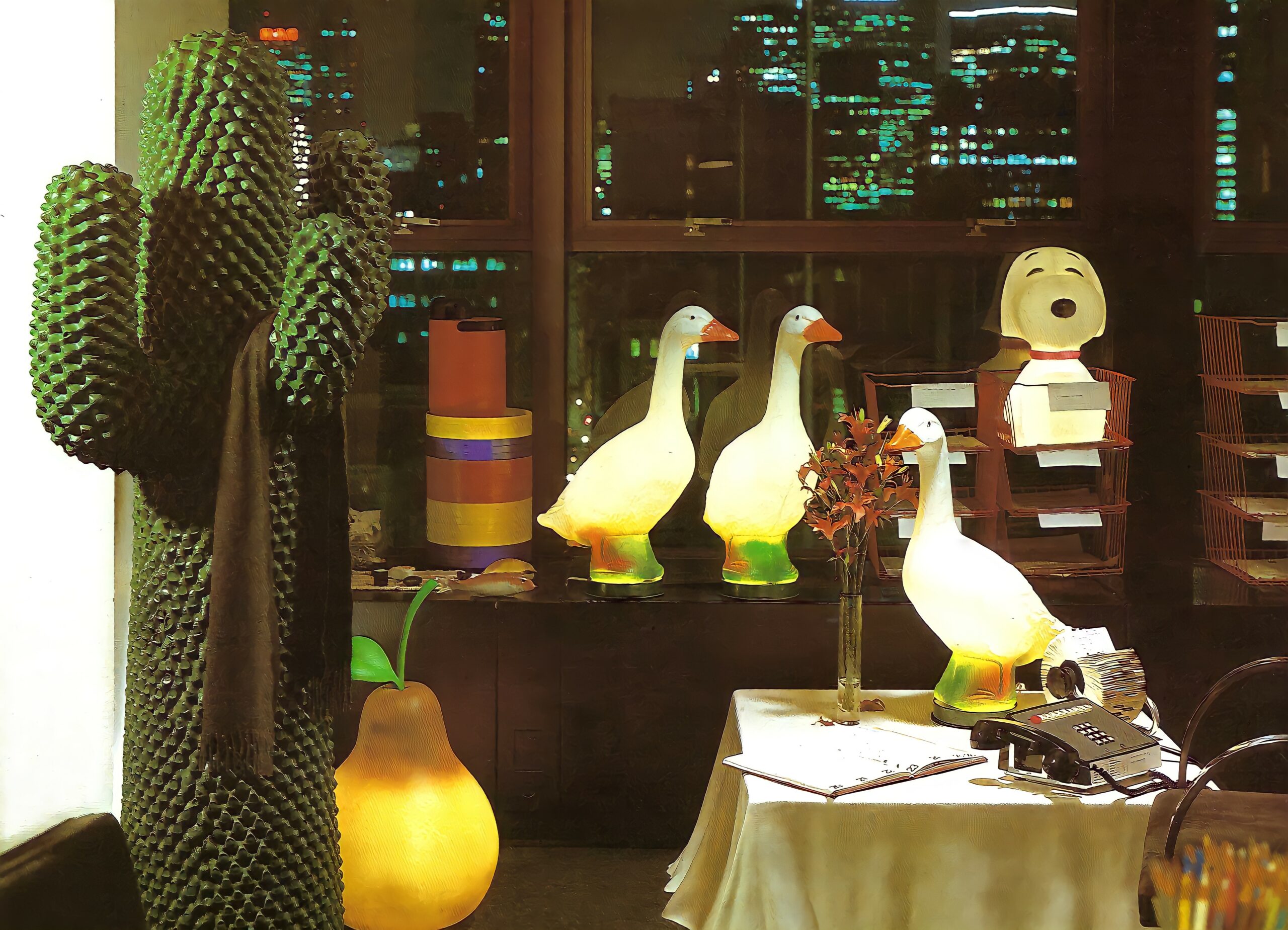
Heller Designs’ offerings included bath and shower accessories, brushes, laundry bags, storage items, casual furniture, and recycling products. Design lovers flocked to Heller’s minimalist booth at housewares shows for inspiration and to catch up with the witty raconteur and world traveler. Heller participated in IHA shows until 2002 when he exited the housewares industry to focus on manufacturing architect-designed plastic furniture for consumers and the contract furnishings market.
Lu Lyndon explained, “His biggest delight and challenge was producing plastic furniture, starting with the Bellini chair, also a winner of the Gold Medal in Milan. Alan worked with Frank Gehry to make his plastic furniture collection, originally in a silver-grey and then later in rainbow colors, using the same rotomolding process as the Bellini chair.”
Les Mandelbaum, Umbra co-founder, recalled, “Alan Heller was a mentor, friend and industry icon. I met him in 1981 at our first Chicago housewares show when Umbra was just getting started. We didn’t have much, but we had some style and attitude. The leader in that department was Alan Heller. He was a design star in the ‘80s. He had already pioneered smart design, color and shape in everyday housewares. In our early days, we also distributed Heller products in Canada, so we had a business relationship.”
-Les Mandelbaum, Umbra co-founder
Heller enjoyed whimsical products, such as the Philippe Starck-designed Excaliber toilet brush and the illuminated lamps—Gladys Goose, Barcelona Pear and Snoopy (the Peanuts cartoon dog). Lyndon noted, “Alan developed Gladys with his sister Suzanne; they photographed a gaggle of the glowing goose lamps standing at street intersections in cities around the world.”
Alan Heller supported IHA’s efforts to elevate design awareness in the houseware industry, advising on the development of IHA’s student design competition in 1993 and visiting the display at the Show to congratulate the student winners. He advised the organizers of the “Design from America” display that IHA created for the 1994 Ambiente Fair.
In his last decade, I saw Alan in Chicago every June at NeoCon at the Merchandise Mart. His mini showroom held a prime location in a high traffic area near a design destination brand. Heller’s stools and Frank Gehry-designed sculptural forms spilled into the common area so weary pedestrians could relax, laugh and chat with him. Always generous, Heller gave me an orange Ergo, a bouncy accordion-pleated stool that he developed as a healthier alternative to typical office chairs — it prevents strains from sitting too long at a desk.
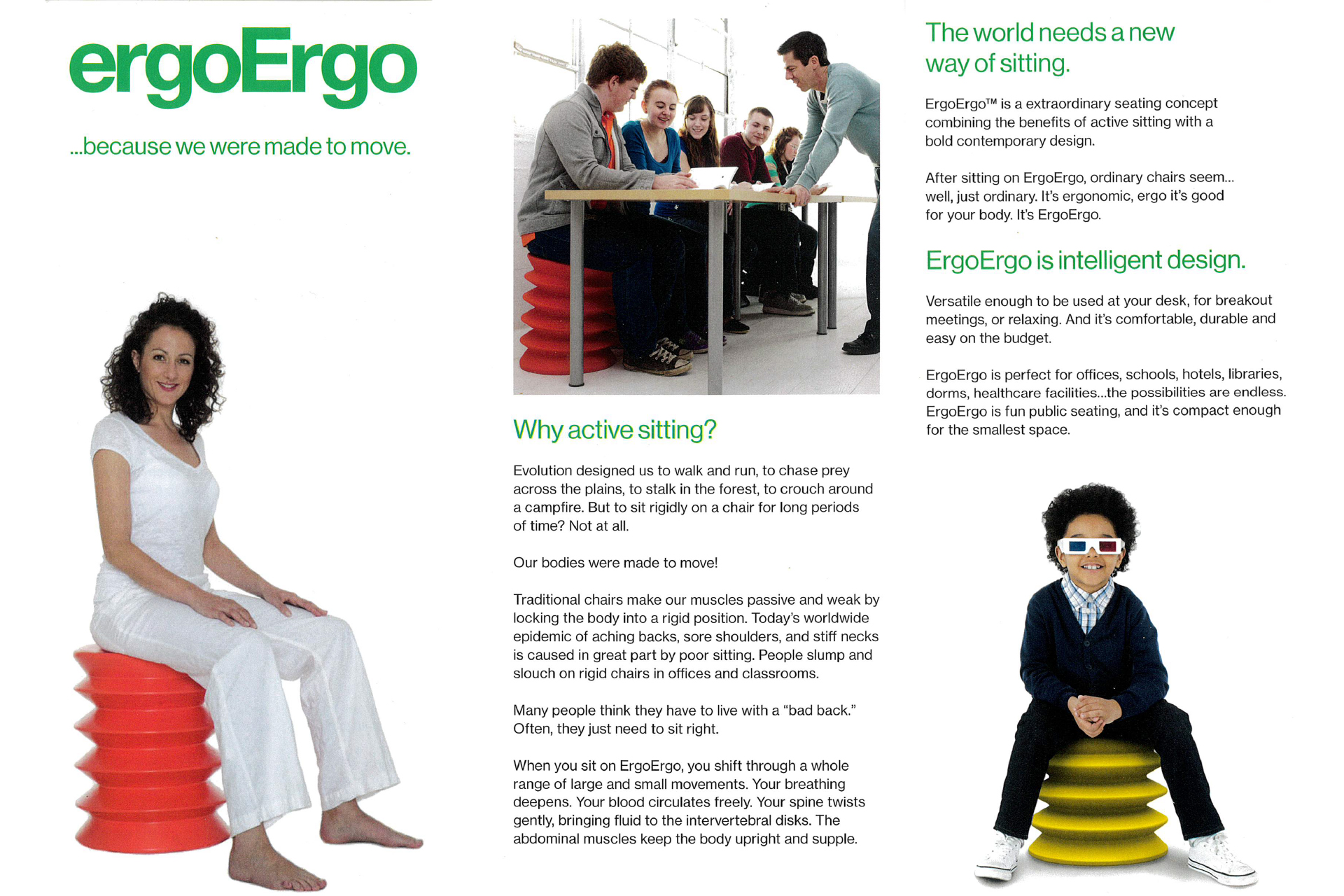
Gordon Segal added, “Alan truly cared about producing affordable, elegant products for everyone. He cared less about making money. We had such a good time — it was great fun to work with creators like Alan Heller to bring exciting products to market that influenced American lifestyles.”

